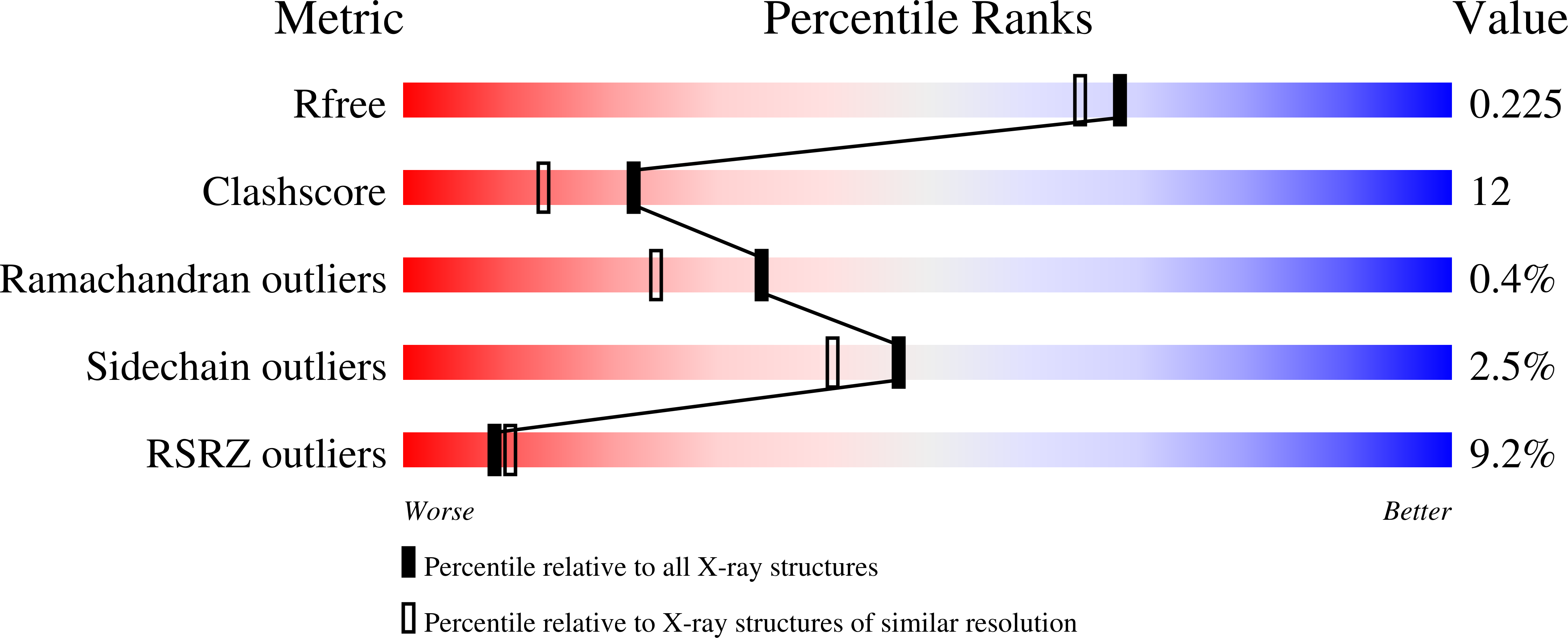
Deposition Date
1999-04-07
Release Date
1999-08-11
Last Version Date
2024-11-06
Entry Detail
PDB ID:
1CI3
Keywords:
Title:
CYTOCHROME F FROM THE B6F COMPLEX OF PHORMIDIUM LAMINOSUM
Biological Source:
Source Organism:
Phormidium laminosum (Taxon ID: 32059)
Host Organism:
Method Details:
Experimental Method:
Resolution:
1.90 Å
R-Value Free:
0.23
R-Value Work:
0.20
Space Group:
H 3 2


